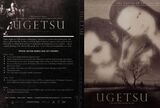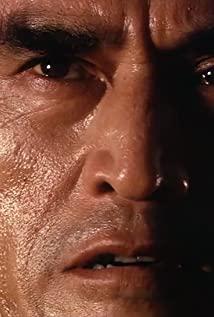"The Story of the Rain Moon" (1953) Mizoguchi Kenji, Mizoguchi knows the use of sound too much, and the whole film uses sound to guide the narrative progress several times (such as the gunshots in the opening, the sound of war in the middle.). It not only improves the poetry of the space but also saves the cost of film production. The panning lens and the depth scheduling are used together for many times, reflecting the combination of the depth of field of the long lens. And the skills in dealing with erotic and violent scenes are also perfect. For example, when the second woman was being abused, the camera panned to the shoes and the bones that the second woman dropped on the beach next to her. It seems to be metonymizing something. The duality between the narrative shots and paragraphs, the echoes of "start" and "receive", which have both literary skills and the psychological logic of the film, means that shots and paragraphs only express the most important dramatic points. Allow the audience to complete the narrative "gestalt" action on their own. If this is an allegorical "moral film" thematically, combined with the discourse of "author's film" highly praised by the "Cinema Manual School" in the early 1950s, it can be seen that Mizoguchi's film is not only a The "morality film" also seems to be imbued with the values he himself ascribes to the film. This is the aesthetic feature of "Tao Fa all things" in Eastern Taoist philosophy and Zhuangzi's allegorical criticism of "the act of joining the world".
View more about Ugetsu reviews










